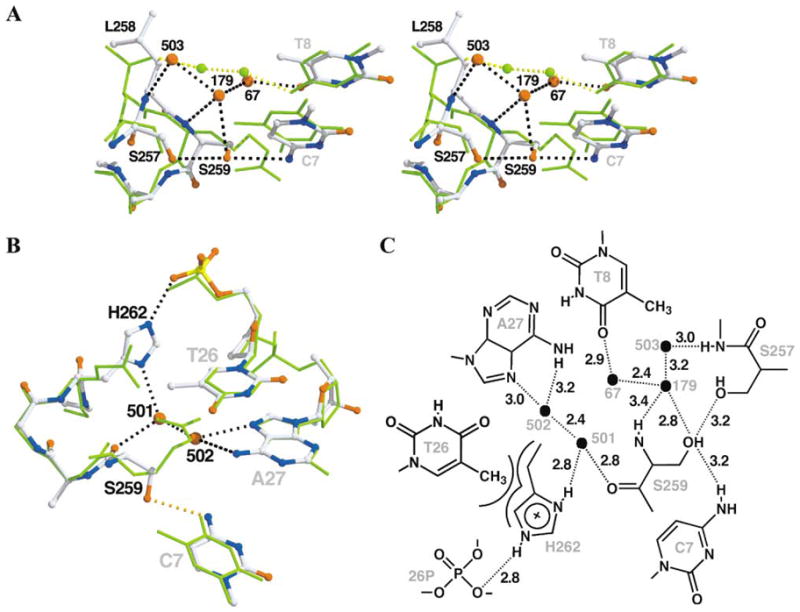Figure 3. Details of ALSHG/LoxM7 Complex.

Cre/LoxP (green sticks) was superimposed on ALSHG/LoxM7 (atom-colored balls and sticks) as described in Figure 2. The dashed lines represent potential hydrogen bonds in ALSHG/LoxM7 (black) and Cre/LoxP (yellow).
(A) Specific contacts to bases C7 and T8. Residues 258–266 of helix J are rolled 7° and shifted 0.6 Å toward the DNA as a consequence of steric interactions between Leu258 and Ala175. This repositioning facilitates hydrogen bonding between Ser259 Oγ and C7 O4 atoms. In addition, a network involving water molecules Sol67, Sol179, and Sol503 (B factors of 45, 52, and 50 Å2, respectively) and the Ser257 Oγ atom, the Leu258 N atom, and the Ser259 N and Oγ atoms couples recognition of bases C7 and T8 and replaces the water bridge between Thr258 Oγ1 atom and the N4 atom of base C8 in Cre/LoxP.
(B) Coupled recognition of nucleotide T26, base A27, and the phosphate backbone via a tripartite hydrogen bond bridge. Base A27 is contacted by a hydrogen bond bridge mediated by Sol501 and Sol502 with the Ser259 carbonyl. His262 is rotated from the position of Glu262 in Cre/LoxP, which avoids a steric clash and forms a tight Van der Waals contact with the 5-methyl group of base T26. In addition, His262 forms a hydrogen bond bridge between Sol501 and the phosphate of nucleotide 26, connecting the T26 and A27 contacts.
(C) Atomic level details of ALSHG/LoxM7 interactions. Symbols and distances are as described in Figure 1D.
